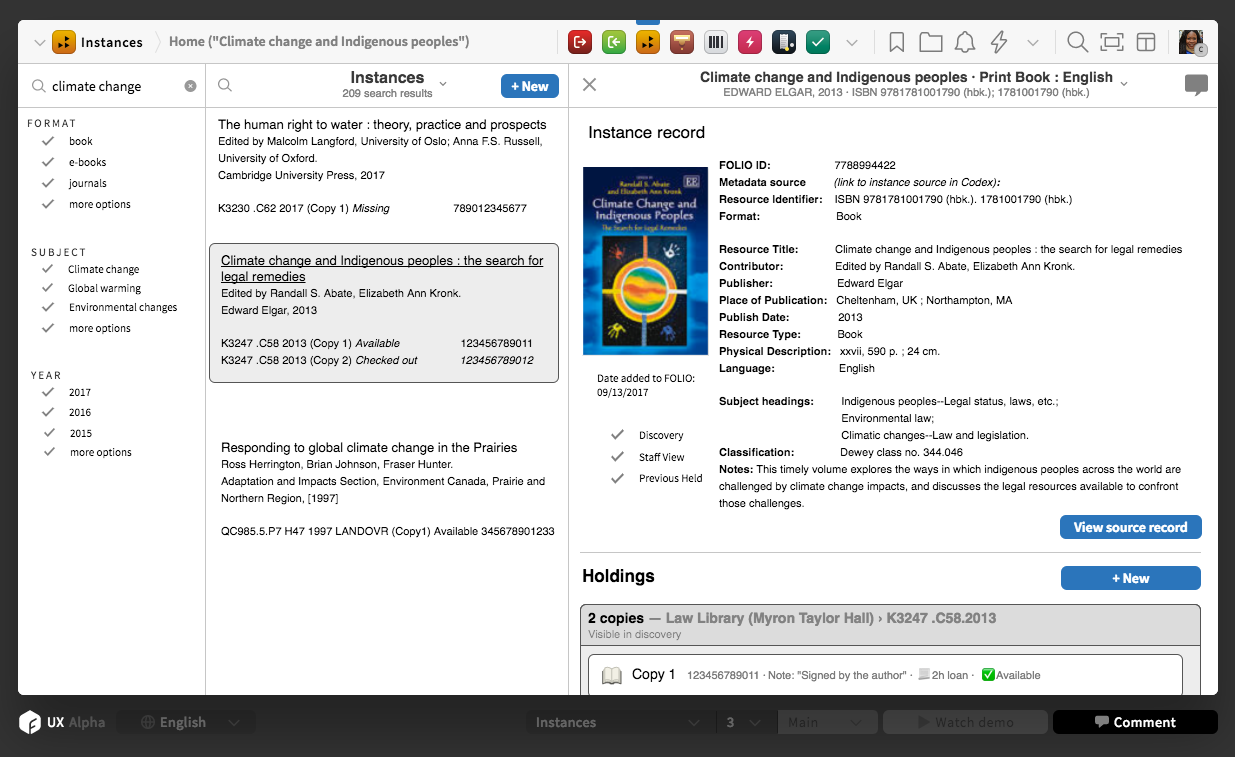(Answers with @natascha)
Can holdings records be optional?
In an ideal situation,holdings records would be optional. A holdings record is redundant for a single volume monograph with one copy assuming that location, call number, and copy number can be conveyed in the item record as well as the holdings record.
If there are cases with no holding records - what situations could that be?
Single volume monograph with one copy. If there are multiple copies and each of those copies were housed in unique locations, holdings records would not be required. Again, this is assuming that location, call number, and copy number can be conveyed in the item record.
Would you create a new holding record if different locations?
Yes, if a holdings record is required (serials, multi-part monographs, etc.)
Would you create a holding record if there is only one item?
We do right now because it is required by our system, but it serves no real purpose that could not be served by a stand-alone item record.
How often do you edit holdings records?
For serials / multi-part monos for which new material is being received, the holdings record is updated as new volumes / issues arrive. In general, editing holdings records is a component in these daily workflows.
Should we display holdings records together with the item data?
Yes.
How would you relink to different holdings records, if e.g. an item record is moved from on holdings-record to another - by drag and drop ?
Drag and drop would be a preferred way of doing this. Our current system requires a multi-step process that involves selecting records in a file management interface. This is not intuitive and much less efficient than drag and drop.
Do holdings data get imported, in other situations than when migration of a collection?
Holdings data is regularly imported; it is also frequently set as constant data when creating holdings records in batch.
When editing a holding record, would that preferrably be in MARC format?
We do not maintain our holdings in MARC. We use an editor in the ILS and the data is maintained in the system database.






